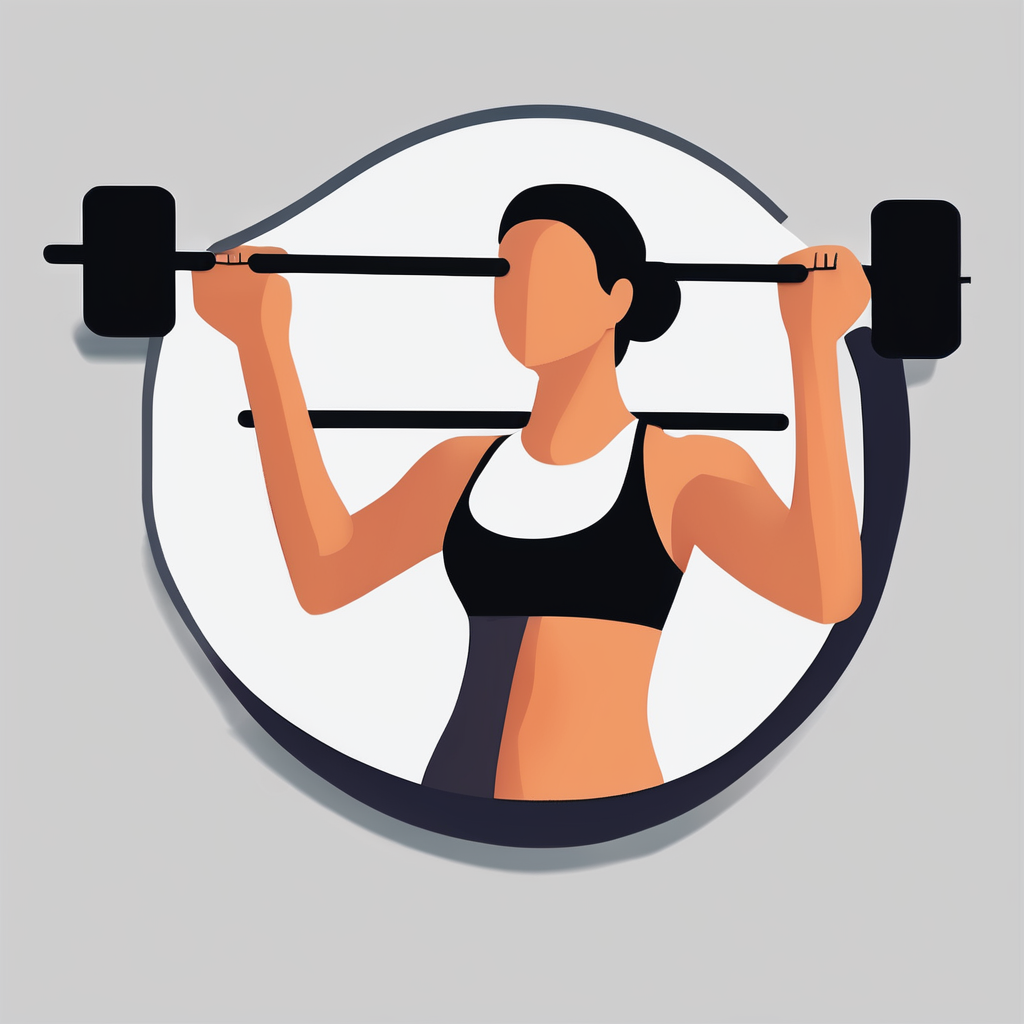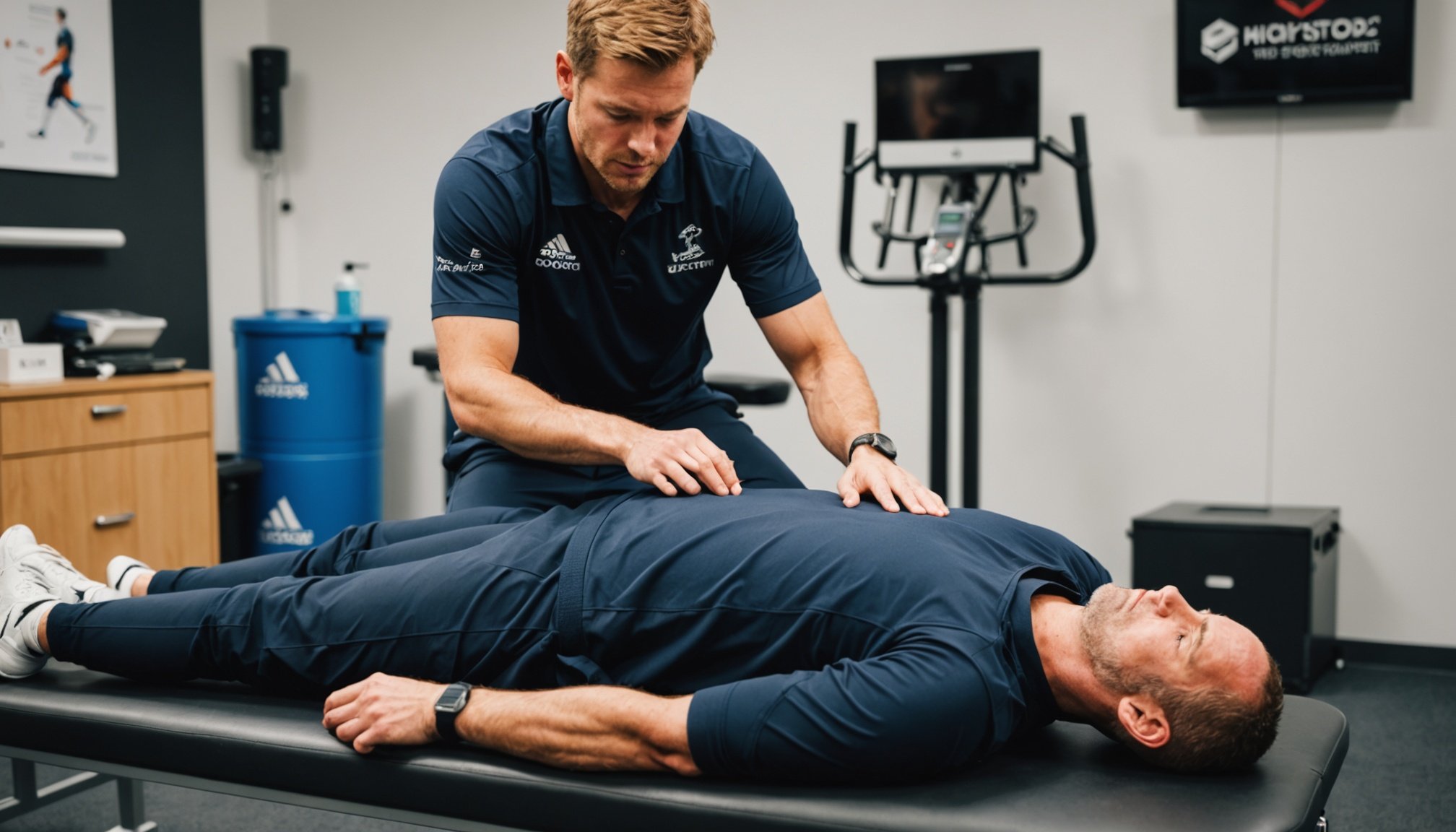Unlocking Recovery: Proven Strategies for UK Sports Therapists to Alleviate Chronic Injuries in Elite Athletes
Understanding Chronic Injuries in Elite Athletes
Chronic injuries are a significant challenge for elite athletes, often resulting in prolonged periods of recovery and potentially ending careers. These injuries, such as tendonitis, muscle strains, and joint issues, can be particularly debilitating due to their persistent nature. For sports therapists in the UK, developing effective strategies to alleviate these injuries is crucial for helping athletes return to peak performance.
The Impact of Chronic Injuries
Chronic injuries not only affect the physical health of athletes but also their mental well-being. The constant pain and inability to perform at their best can lead to frustration, anxiety, and depression. Here’s what Dr. Emma Taylor, a leading sports therapist, has to say:
Also to read : Top accommodation options in alpe d'huez for your perfect stay
“Chronic injuries can be as much a mental battle as they are physical. Athletes often feel a loss of identity and purpose when they are unable to compete. Our role as sports therapists is not just to treat the physical symptoms but also to support the athlete’s mental health.”
Comprehensive Assessment and Diagnosis
Before any treatment plan can be implemented, a thorough assessment and diagnosis are essential. This involves a combination of clinical evaluations, imaging tests, and sometimes even psychological assessments to understand the full scope of the injury.
In parallel : Best places to stay in alpe d'huez for an unforgettable trip
Key Components of Assessment
- Clinical Evaluation: A detailed physical examination to identify the source of pain and dysfunction.
- Imaging Tests: Use of X-rays, MRIs, or ultrasounds to visualize the affected area.
- Athlete History: Understanding the athlete’s training regimen, previous injuries, and any other relevant medical history.
- Psychological Assessment: Evaluating the athlete’s mental state to address any underlying issues that might be exacerbating the injury.
Proven Treatment Strategies
Several treatment strategies have proven effective in alleviating chronic injuries in elite athletes. Here are some of the most commonly used methods:
Physical Therapy
Physical therapy is a cornerstone of sports therapy, focusing on exercises and manual therapies to restore function and strength.
- Exercise Programs: Tailored exercise regimens to improve flexibility, strength, and range of motion.
- Manual Therapy: Techniques such as massage, deep tissue massage, and joint mobilization to reduce pain and improve tissue health.
- Sports Massage: Specific massage techniques designed to enhance blood flow, reduce muscle tension, and promote recovery.
| Treatment Strategy | Description | Benefits |
|---|---|---|
| Exercise Programs | Customized exercises to improve flexibility and strength | Enhances physical function, reduces pain |
| Manual Therapy | Techniques like massage and joint mobilization | Reduces pain, improves tissue health |
| Sports Massage | Massage techniques for athletes | Enhances blood flow, reduces muscle tension |
Advanced Therapies
In addition to traditional physical therapy, several advanced therapies have shown promising results.
- Shockwave Therapy: Uses high-energy shockwaves to stimulate healing in affected tissues.
- Water Immersion: Utilizes water to reduce weight-bearing stress and enhance recovery.
- Blood Flow Restriction Training: Trains muscles under reduced blood flow to enhance strength without high-intensity loading.
Mental Health Support
Mental health support is crucial for athletes dealing with chronic injuries. Here are some strategies:
- Counseling: One-on-one counseling sessions to address anxiety, depression, and other mental health issues.
- Mindfulness and Meditation: Techniques to help athletes manage stress and maintain a positive mindset.
- Support Groups: Group sessions where athletes can share their experiences and support one another.
Injury Prevention and Long-Term Management
Preventing injuries from occurring in the first place is always the best strategy. Here are some methods for injury prevention and long-term management:
Injury Prevention
- Proper Training Techniques: Ensuring athletes use correct form and technique during training to avoid overuse injuries.
- Warm-Up and Cool-Down Routines: Implementing thorough warm-up and cool-down routines to prepare muscles for exercise and aid in recovery.
- Regular Check-Ups: Regular assessments to identify potential issues before they become chronic.
Long-Term Management
- Maintenance Programs: Ongoing exercise and therapy programs to maintain strength and flexibility.
- Lifestyle Modifications: Advising athletes on lifestyle changes such as diet, sleep, and stress management to support overall health.
- Continuous Monitoring: Regular monitoring of the athlete’s condition to adjust the treatment plan as needed.
Case Studies and Success Stories
Real-life examples can provide valuable insights into the effectiveness of these strategies.
Example: Elite Runner with Chronic Tendonitis
Sarah, an elite runner, suffered from chronic tendonitis in her Achilles tendon. After a comprehensive assessment, her sports therapist developed a treatment plan that included:
- A customized exercise program focusing on strengthening the calf muscles and improving ankle mobility.
- Regular sports massages to enhance blood flow and reduce muscle tension.
- Shockwave therapy sessions to stimulate healing in the affected tendon.
Within six months, Sarah was able to return to competitive running without any significant pain or discomfort.
Practical Advice for Sports Therapists
Here are some practical tips for sports therapists working with elite athletes:
Communication is Key
- Clear Communication: Ensure that the athlete understands the treatment plan and their role in the recovery process.
- Regular Feedback: Encourage athletes to provide feedback on their progress and any changes in their condition.
Holistic Approach
- Address Mental Health: Do not overlook the mental health aspect of recovery. Ensure that athletes have access to counseling and other mental health resources.
- Lifestyle Advice: Provide guidance on lifestyle modifications that can support recovery, such as diet and sleep recommendations.
Stay Updated
- Continuing Education: Stay updated with the latest research and treatment methods to offer the best possible care.
- Collaboration: Collaborate with other healthcare professionals to ensure a comprehensive treatment plan.
Alleviating chronic injuries in elite athletes requires a multifaceted approach that includes comprehensive assessment, proven treatment strategies, and long-term management. By integrating physical therapy, advanced therapies, and mental health support, sports therapists can help athletes recover fully and return to peak performance.
As Dr. Taylor emphasizes, “Recovery from chronic injuries is a journey that requires patience, dedication, and a holistic approach. By working together with athletes and other healthcare professionals, we can help them overcome these challenges and achieve their full potential.”
Additional Resources
For those looking to delve deeper into the subject, here are some additional resources:
- Professional Associations: Joining professional associations like the British Association of Sport and Exercise Sciences (BASES) or the Society of Sports Therapists (SST) can provide access to the latest research, training opportunities, and networking with other professionals.
- Workshops and Conferences: Attending workshops and conferences focused on sports therapy can offer hands-on training and updates on the latest techniques.
- Online Courses: Online courses and webinars can provide flexible learning opportunities to enhance skills and knowledge in specific areas of sports therapy.
By leveraging these resources and implementing the strategies outlined above, sports therapists in the UK can significantly improve the recovery outcomes for elite athletes dealing with chronic injuries.






